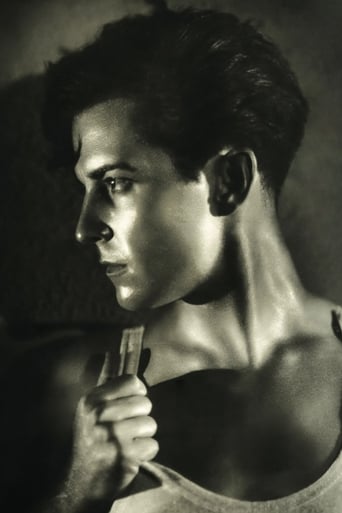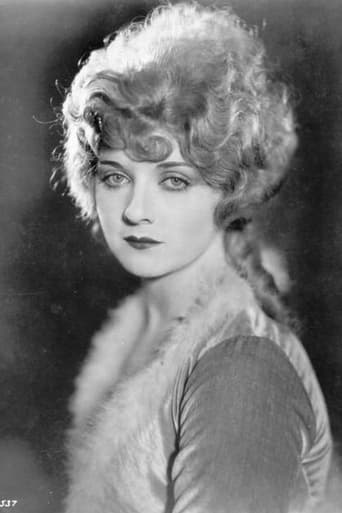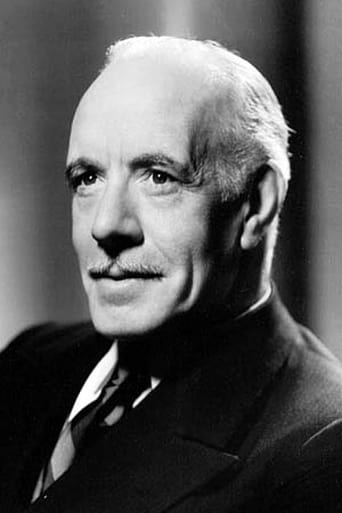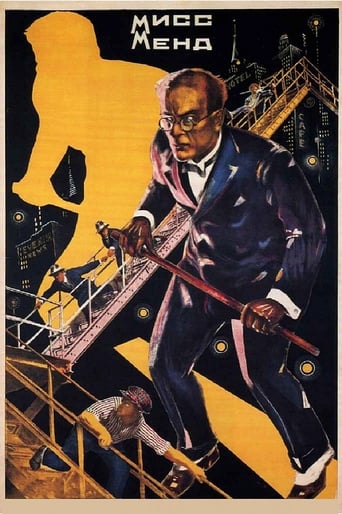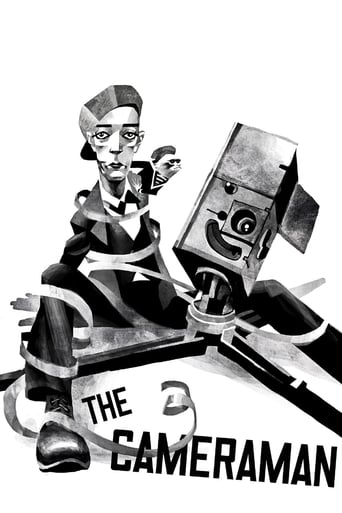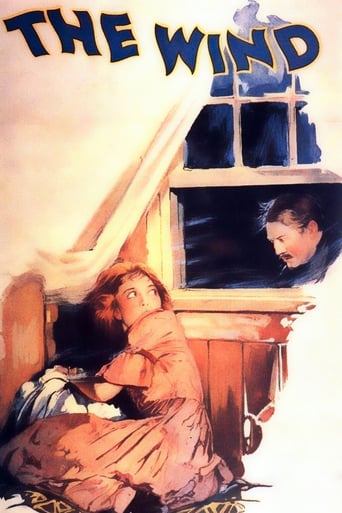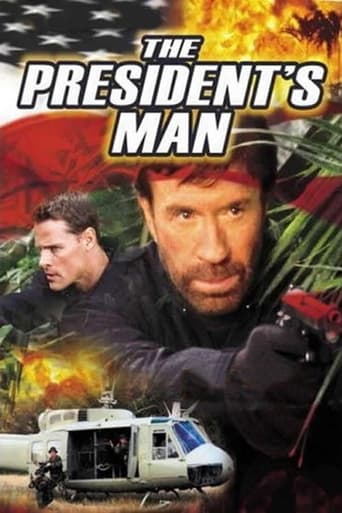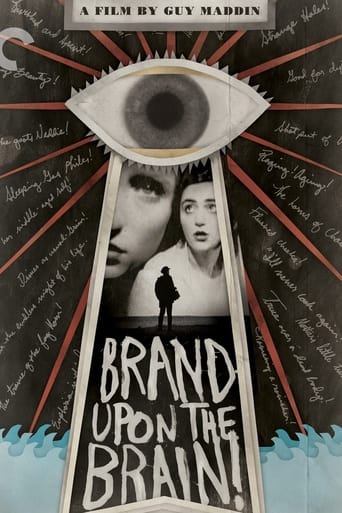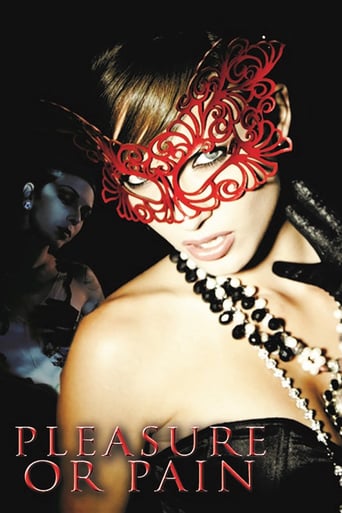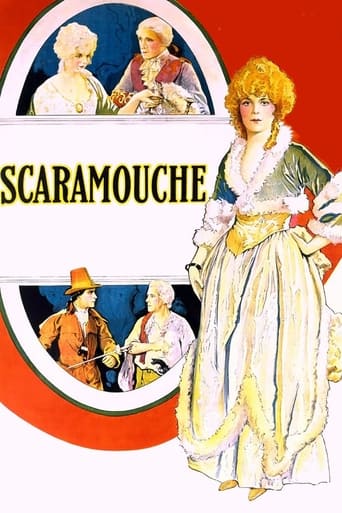

Scaramouche (1923)
A law student becomes an outlaw French revolutionary when he decides to avenge the unjust killing of his friend. To get close to the aristocrat who has killed his friend, the student adopts the identity of Scaramouche the clown.
Watch Trailer
Cast
Similar titles
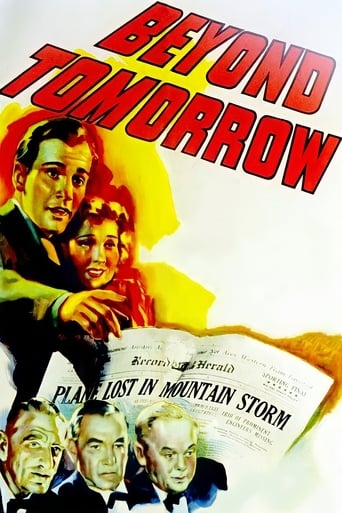
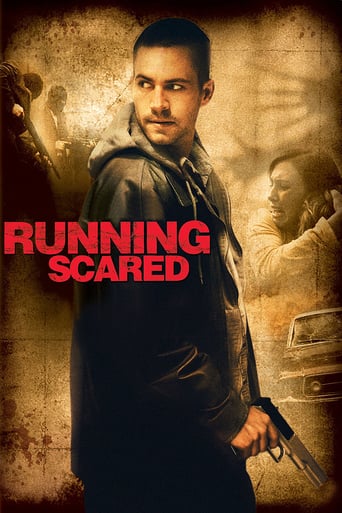
Reviews
Must See Movie...
hyped garbage
It’s an especially fun movie from a director and cast who are clearly having a good time allowing themselves to let loose.
Through painfully honest and emotional moments, the movie becomes irresistibly relatable
A year after The Prisoner of Zenda, Rex Ingram shoots another film with more or less the same team. This time, it takes place during the French Revolution. So we can se Alice Terry (Mrs Ingram), Lewis Stone and Ramon Novarro. But when you look closely, you can recognize Edward Snitz, John George, Edward Conelly... Scaramouche is the film where the story and the History collide. The story is the one of André Louis Moreau (Ramon Novarro), an orphan whose friend, a fighter for freedom, is killed in duel by the Marquis de la Tour d'Azyr (Lewis Stone). Moreau is also in love with Aline de Kercadiou (Alice Terry), the niece of the man who raised him. The History is the one of France. But it is rewritten by Hollywood. So, when you are French, you do not recognize your History. Before, there was Griffith's French Revolution (Orphans of the Storm, 1921), now there is Ingram's. This time, Robespierre is not a communist, but we can see a very ugly Danton (George Siegman), with his "pock-marked" face. There is also a very peculiar Parisian crowd: savage, shouting, bloodthirsty and greedy for aristocratic heads to fall. There are also the historic characters: Louis XVI, his wife Marie-Antoinette (and their children), Danton and Marat (Roy Coulson), and a young officer who watches silently, Napoleon (Slavko Vorkapich). Fortunately, we are interested in the story. Ramon Novarro is young, bold and handsome; Alice Terry is beautiful and cries easily; Lewis Stone is, as usual, very straight-up, and also a sort of villain, for he kills Moreau's friend. Once more, we have a fencing dual, but this time, it is better than in Zenda. But what strikes the spectator are the glittering eyes. In the first sequence, a dead man is brought back home. He was killed by the tyranny. We see his wife crying, the tears glittering in her eyes. Later, Moreau's eyes will glitter, when his friend is killed by de la Tour. IN every great moment of the film, we have these glittering eyes.Time and space have a very strange aspect in this film. Indeed, when you know France, you do not understand everything. It seems that the likelihood has been put aside. The events happen in three locations: Gavrillac (a village in Brittany), Rennes and Paris. Gavrillac is the place where Moreau and Alice grow up . Rennes is where Moreau speaks about Freedom. This is also where he meets Marat, another famous actor of the Revolution (who does not look like him at all, except the cloth he wears on his head). Paris is where everything really happens, where everyone meets. This is where the Assembly is meeting; where the play Figaro-Scaramouche (written by Moreau) is performed; where Aline, de la Tour and Moreau finally meet. Unfortunately, if we recognize very well each location, there is a big problem of space: in 1789, you cannot ride from Rennes to Paris in one day! Nevertheless, the characters of the film can be on Sunday in Gavrillac or Rennes and on Monday in Paris! As for the Time of the film, I would prefer not to talk about it. One date is right: August the 12th, 1792. When the people of Paris invades the Tuileries Palace, creating in the same time a real bloodbath.Despite all this, this Scaramouche movie has much charm. The fencing duel may be shorter than in George Sidney's movie (Scaramouche, 1952), it is nevertheless a great moment. The final revelation is quite amazing, and the actors were really well chosen. And, despite the fact that Moreau (and the script) is naive, we feel quite happy for him at the end.
My TCM print has excellent picture quality, but the score is not up to scratch; it mainly fails to bring out the action of the film or direct the viewers reaction to what is on the screen; occasionally it succeeds, but overall is not very inspiring-- which describes the whole film, really. They may be historically accurate, but the costumes are dull,Alice Terry is no great beauty and Novarro, in his first major role, looks stodgy and not yet in possession of the looks which later led him to be described as "more beautiful than any man has the right to be!" Lewis Stone plays an arrogant but truly noble aristo who finally sacrifices himself for the benefit of those he loves. The mob scenes, where aristocrats are assaulted by the furious revolutionaries give a real sense of how frightening the experience must have been, but, as usual, no mention is made of the fact that, under "The Terror" , more common folks were guillotined than nobles. The film picks up pace in the second half, but I suspect that those familiar with the Sabatini novel will enjoy it more.
This is a well known film to most silent film buffs. Rex Ingram films his scenes like a painter. Ingram uses his camera like a paint brush. Indeed some of the scenes look like paintings come to life. This film is based on the novel by Rafael Sabatini and stars Ramon Novarro, one of Ingram's favorite actors. It costars Ingram's wife Alice Terry. This film boasts a cast of many well-known silent film supporting actors. An historical subject, Ingram gives great care to accuracy of costumes & history. The score for the film is adequate but tends to drone a bit. Surprisingly Ingrams camera can still be quite static which reminds one of DW Griffith's "Orphans of the Storm"(1921). Both 'Orphans' and 'Scaramouche' take place at the same tiime so a similarity is logical. The picture was made at Metro Studios just prior to the famous merger with Goldwyn & Mayer. Luckily this film survives today to be enjoyed. Rex Ingram, Metro Pictures.
Fleeing from the wrath of the vengeful Nobility, a young Frenchman joins a troupe of actors. Winning fame as the clown SCARAMOUCHE, the stalwart fellow finds himself drawn into the events surrounding the start of the Revolution.Following his big movie hit of the previous year - 1922's THE PRISONER OF ZENDA - director Rex Ingram discovered that cinematic lightning could indeed strike twice with this very fine adaptation of Rafael Sabatini's swashbuckling novel, "Scaramouche." Metro gave the production a high gloss, with excellent atmospherics, richly detailed exteriors & rousing mob scenes. It is always refreshing, in any epic film, to see every penny the studio invested represented on the screen.Ingram reunited his principal cast from ZENDA - Ramon Novarro, Lewis Stone & Alice Terry - as stars for SCARAMOUCHE. Novarro, taking the hero role this time, proved he was no flash in the pan. Equally adept as sensitive lover or dueling revolutionary, with this performance Novarro was catapulted to Hollywood's upper ranks. Stone gives a finely nuanced performance as the villain of the story, slowly revealing layers to the man's personality not readily apparent at first. Miss Terry, who was Ingram's wife, is lovely, but the plot gives her little to do except look distressed or frightened.In the supporting cast, special note should be given to George Siegmann, striking in the historical role of Danton. Edward Connelly, as the King's Minister, makes a marvelous grotesque.It is interesting to note that Italian-born British author Rafael Sabatini (1875-1950) had been a novelist for many years before striking gold with "Scaramouche." Its popularity with the public, to say nothing of this acclaimed movie adaptation, pushed it permanently onto that small shelf of fiction (and films) - "A Tale of Two Cities," "The Scarlet Pimpernel" & ORPHANS OF THE STORM - forever associated with the French Revolution. Sabatini also wrote the swashbuckler adventure novels "The Sea Hawk" & "Captain Blood."
